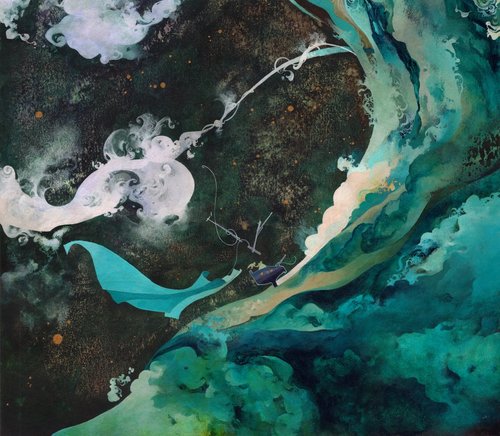
Think about the last few posts, images or videos you shared online. Which ones can you remember best? Did they go viral?
Content streams across the web in huge swills, washing up in intended and unlikely places. But most of it is crap. You’re mildly amused, it was a nice photo, or it was sort of shocking. Then there are the Facebook apps that offer so little but take so much: 10 minutes of yawn while ripping your private information.
However, some content is beautiful, wonderful and memorable. It has an impact. It changes behaviour because it is so compelling. This content is the holy grail for marketers, political organisations and community advocates. But it is very rare. Why? Because it is unique and, by definition, uncommon.
There is one sector that stands to gain huge reach, appeal and influence online. That’s the Arts.
From conceptualisation and creation to performance and community interaction: every step of the journey has potential for sharing online. Insight from the Artistic Director or choreographer, the collaborative process, building the set, what audience members thought of it.
Now think about the audience. You can fit 500 people in a theatre, but the audience is huge online. It extends to all people globally who appreciate that art form, and then anyone inspired by creativity and ideas. Which is most people, and many of influence.
An endless source of inspiration, surprise, conflict and intrigue: arts organisations can and will play a much more powerful role in challenging and redefining culture.
Right now, we’re helping arts companies build capacity, and understand the risks and opportunities of becoming much more active online.
It’s time to rethink the value of the arts as a lingua franca in the web 2.0 world.
This is the first installment of a series which explores the Arts in Australia and forecasts trends. The articles will form part of a white paper.

